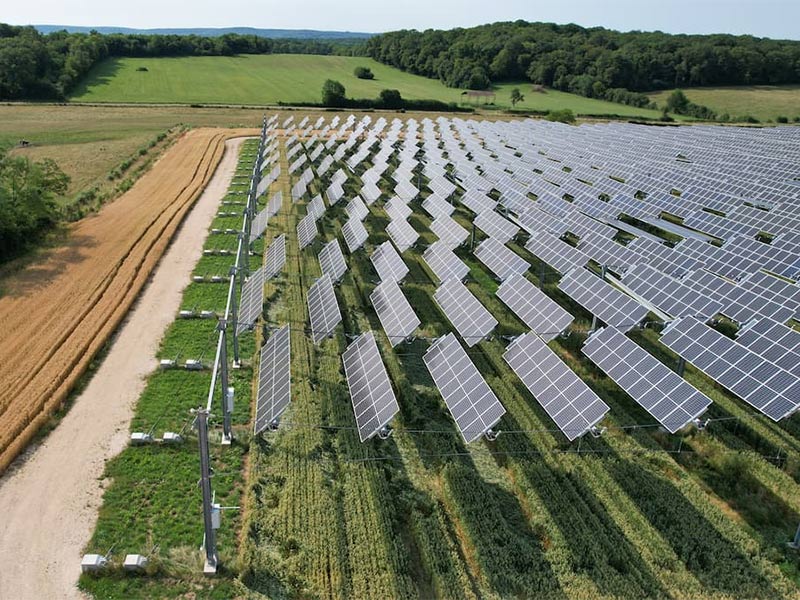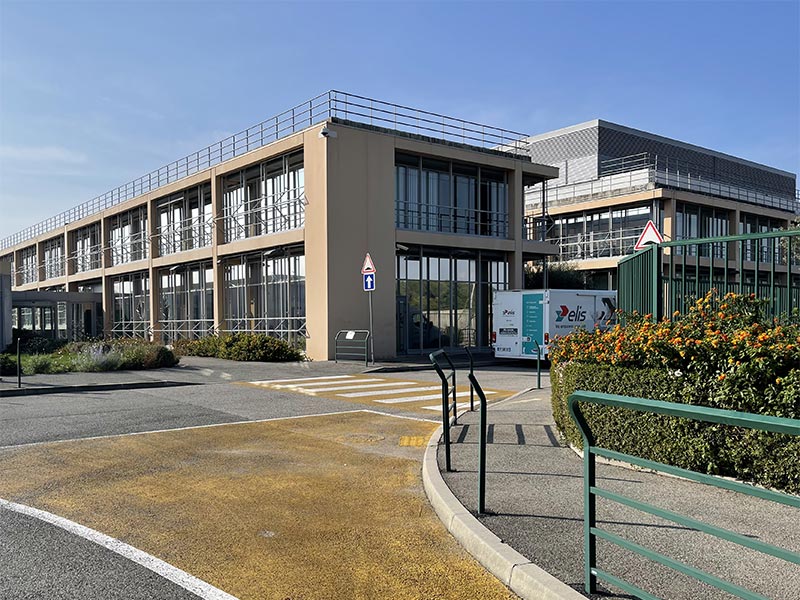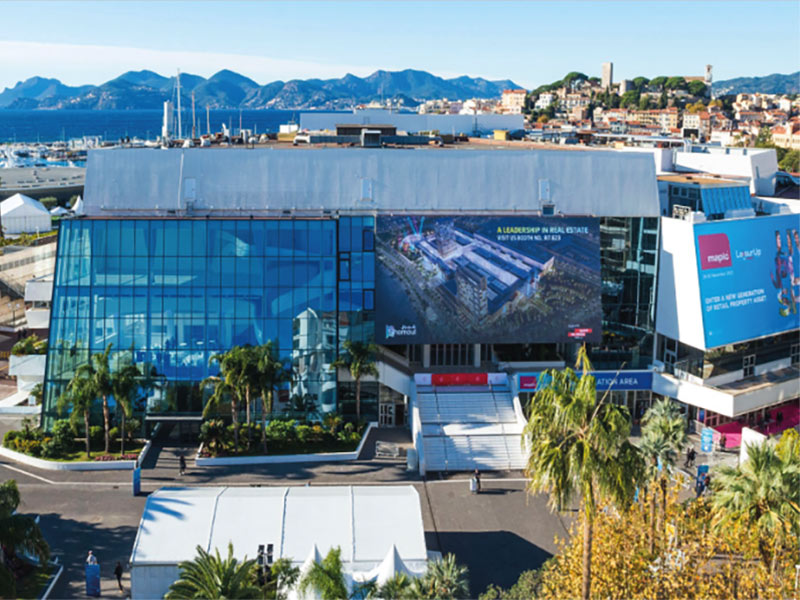Tourist season: a great pre-balance sheet
Hardly less good than 2000, but better than 1999: first figures are excellent. And Charles Gynésy, the president of the CRT Nice Côte d’Azur, has underlined some trends.
Some great figures ! Of course, they don’t exactly reach summits of year 2000. But they are not far from them. Tourism on the Riviera is still very good according to the first balance sheet of season 2001 which has been done at the airport of Nice by Senator Charles Gynésy, the president of the CRT Nice Côte d’Azur and president of the Council of the department.Some figures… Some trends of this season which is between 2000, an exceptional year, and 1999, a very good year:- June not as good as in 2000 with a hotel occupancy rate of 75%- an increase in July which is even better than the result of 2000 with an occupancy rate of 82%.- August as good as in 2000 with an occupancy rate of 90%- Tourism residences have done very well during the three summer months with an average occupancy rate of 88% (plus one point compared to 2000).- Four star hotels have an occupancy rate higher than the general average of hotels from the Riviera.… and trends. From this figures which are provisory for a part of them (August results are not yet entirely established) general trends have been underlined.- the mountain zone has gained some tourists (an occupancy rate of 82.5% in July and 88% in August for the Gîtes de France which are, for the most of them, located in the mountain zone of the department). A consequence of the via ferrata, adventure in trees, mountain bikes and discovering excursions.- a strong increase of tourists from Canada (+ 37%), from the Middle-East (+34%), from Scandinavia (+ 28%), from Switzerland (+ 22%), from the United-States (+14%), but significant decreases of tourists from Italia (-10%), the largest market on the Riviera, from Germany (-6%) and even more significant from Spain (-25%; nevertheless this percentage concerns smaller volumes than for Italia).- A development of a cultural tourism- Customer behaviours are changing: activities and attendance in cultural events are increasing to the detriment of restaurants (excluding the top of the range) and beaches.














